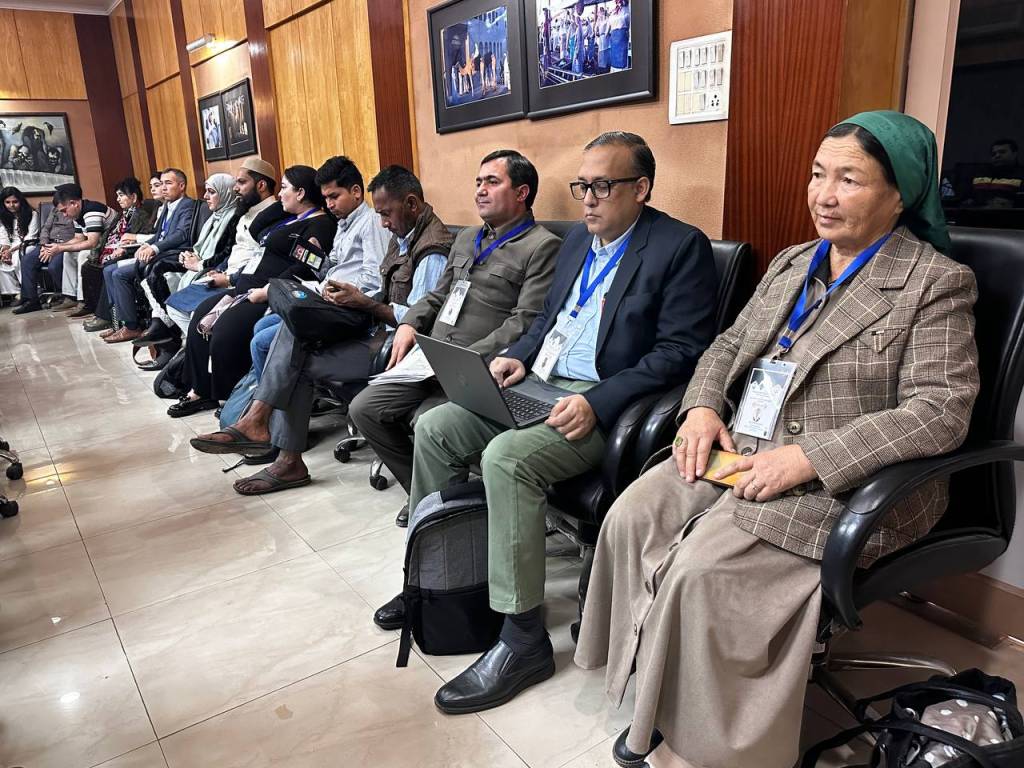
The next day of the International Scientific and Practical Conference “Dara Shukoh: Cultural Renewal and Religious Tolerance”, held at the Jamia Millia Islamia in Delhi, organized by the Nelson Mandela Centre for Peace and Conflict Resolution together with the Central Asian Educational Center, continued with session meetings.
The event is attended by professors and teachers from reputable universities in India and representatives of scientific circles from Tajikistan, Kazakhstan, Iran, and Uzbekistan.



The presentations of our compatriots Khulkar Khamrayeva “Similar aspects in Indian and Uzbek children’s dance art”, member of the Union of Writers of Uzbekistan, writer Shakhodat Isakhanova “The image of Dara Shukoh in Uzbek theaters” and poetess Nadira Zairova “The contribution of Dara Shukoh to the development of Indian culture” made a great impression.
“Dara Shukoh is the eldest son of the ruler of the Baburid dynasty Shah Jahan”, says Indian actor and director Maharaj Krishen Raina. “His father named him Dara in honor of the Persian king Darius. Short consonants of the Persian language are not often found in writing, so Dara had a second name – Shukoh, meaning “majestic”.
Unlike his younger brother Aurangzeb, Prince Dara had a liberal mindset. He was a patron of art and literature and wrote the works “Majma-ul-Bahrain” (“The Confluence of the Two Seas”) and “Sirr-i-Akbar” (“The Great Mystery”).
Bollywood has shot films about Shukoh, and awards have been established in his honor. A representative of the Baburid dynasty, Dara Shukoh has long been a symbol of Indian unity.
Utkir Alimov, UzA
Delhi, India








